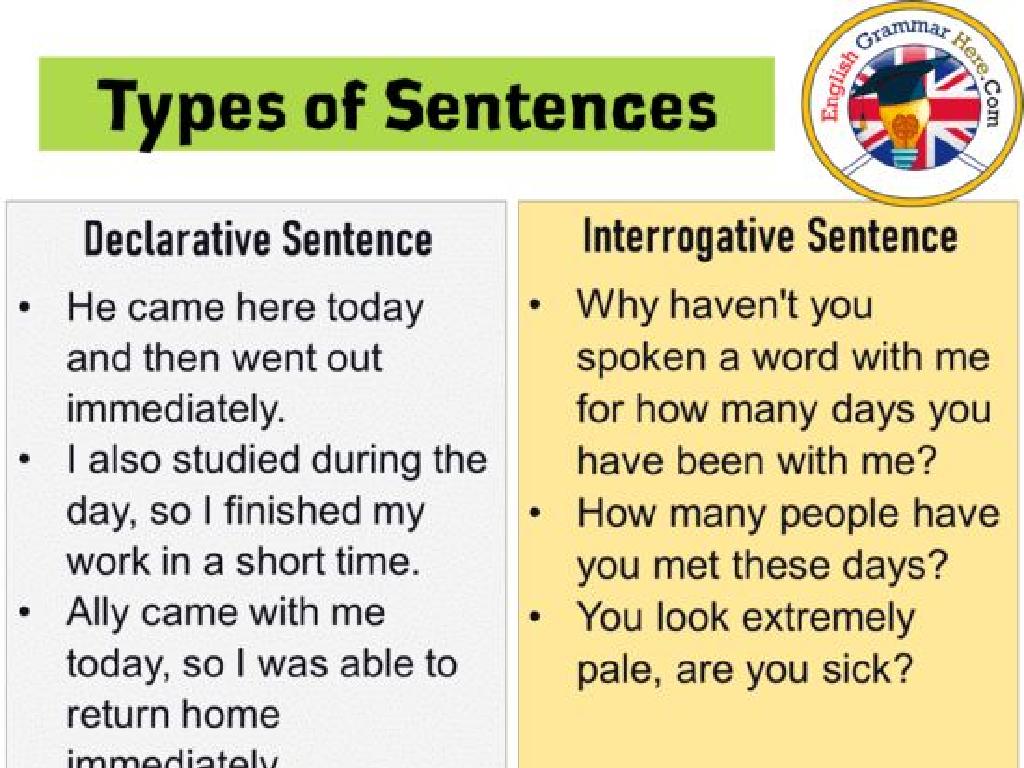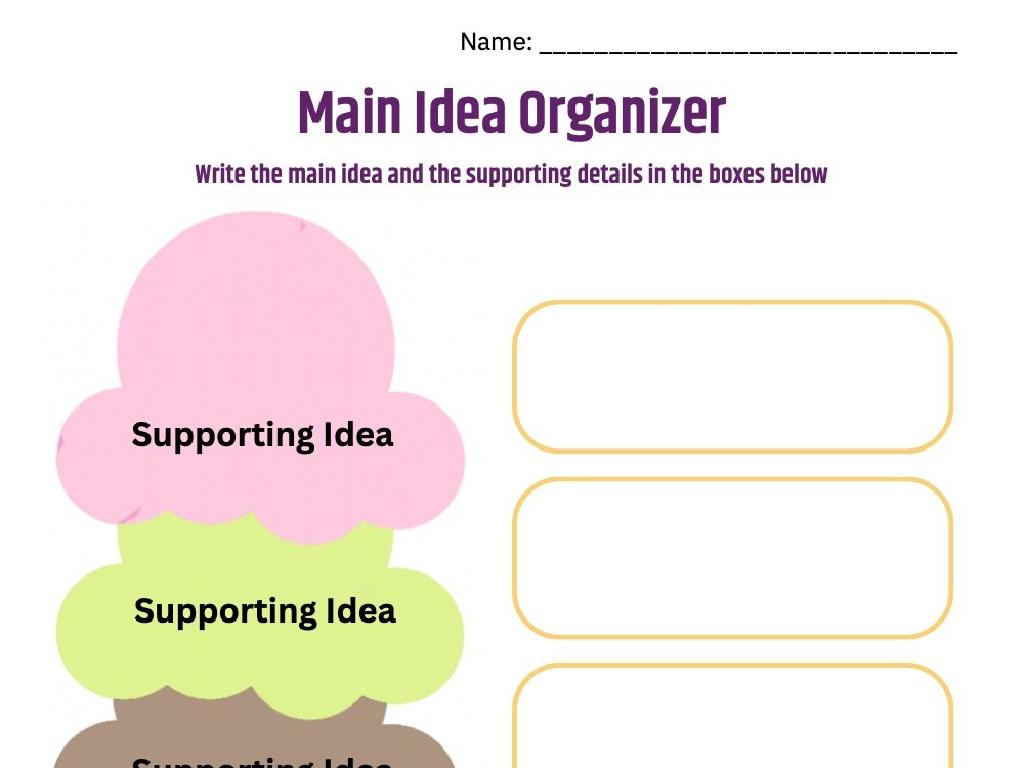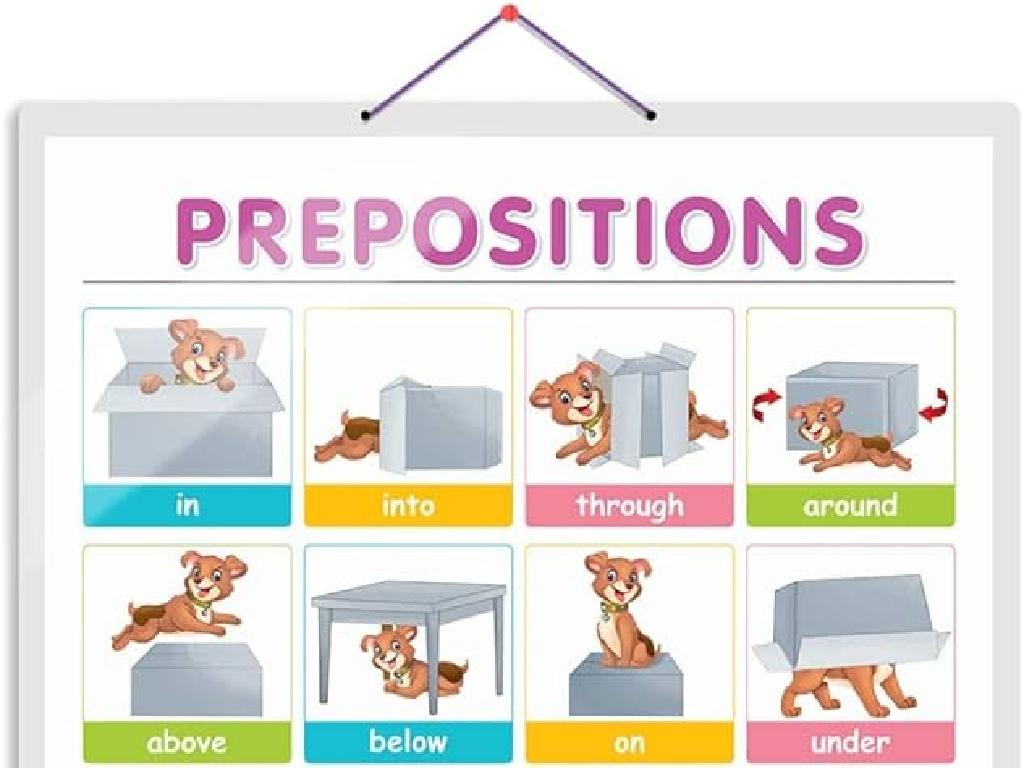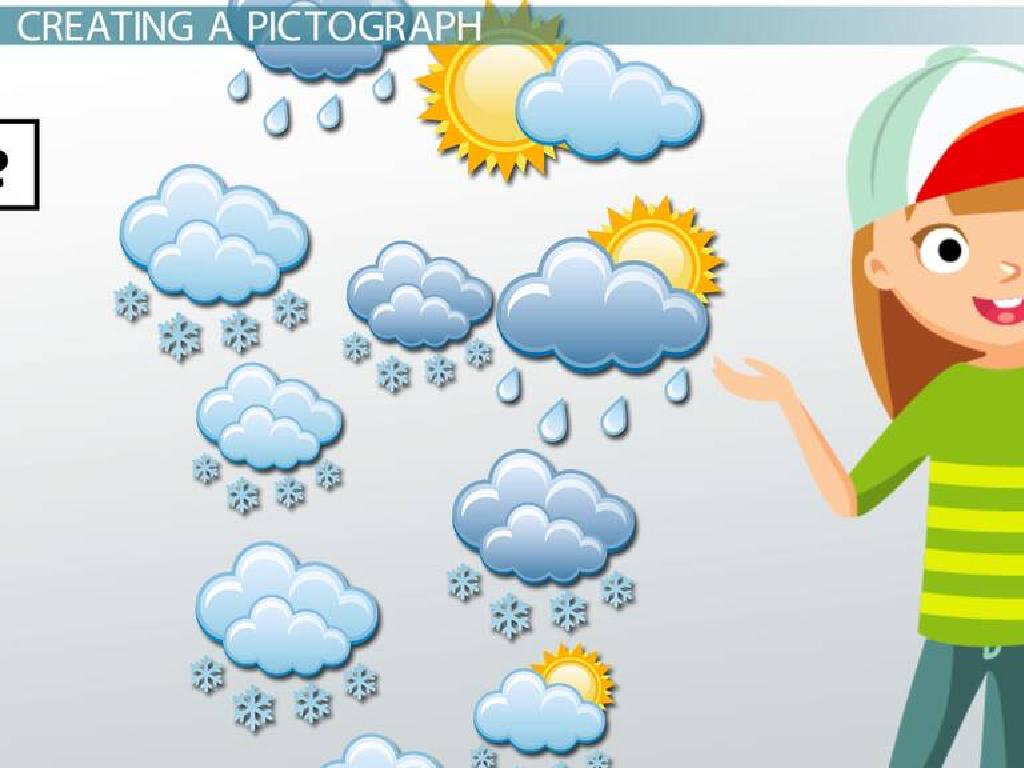Pollinator: Painted Lady Butterfly
Subject: Science
Grade: First grade
Topic: Animals
Please LOG IN to download the presentation. Access is available to registered users only.
View More Content
Welcome to the World of Pollinators!
– Meet the Painted Lady Butterfly
– A colorful friend who loves flowers
– What is a pollinator?
– Creatures that carry pollen from one flower to another
– Pollinators help plants grow
– They move pollen, which helps plants make seeds
– Painted Lady Butterflies are important
|
This slide introduces first graders to the concept of pollinators, with a focus on the Painted Lady Butterfly. Begin by showing a picture of the Painted Lady Butterfly and explaining its role in nature. Ask the students if they know what a pollinator is to engage them. Explain that pollinators are very important for plants because they help them to grow by moving pollen. Emphasize the importance of the Painted Lady Butterfly in this process. Encourage the children to think about how these butterflies, with their colorful wings, visit various flowers and help our environment. This will set the foundation for understanding the relationship between insects and plants and the concept of pollination.
What is a Pollinator?
– Pollinators help plants
– Like bees, butterflies, and birds
– They move pollen between flowers
– Pollen sticks to them and is carried away
– This helps make seeds
– Seeds are plant ‘babies’ that can grow
– More flowers grow because of them
|
This slide introduces the concept of pollinators to first-grade students. Pollinators are crucial for the reproduction of many plants. They transfer pollen, which is like a powder, from one flower to another, and this process leads to the creation of seeds. Seeds are essential because they grow into new plants, continuing the life cycle. The painted lady butterfly is one example of a pollinator. During the presentation, show pictures of pollinators and flowers, and explain how they interact with each other. Encourage the children to think about how important pollinators are for our environment and the food we eat.
Meet the Painted Lady Butterfly
– A beautiful pollinator
– Wings are orange, black, and white
– Observe pictures of the butterfly
– Look at different photos and see how the colors make it special
– Notice the colors and patterns
– See how the patterns help it blend in or stand out
|
The Painted Lady Butterfly is an important pollinator that helps flowers grow by moving pollen. Its wings have a unique pattern of orange, black, and white that makes it easily recognizable. Show the students various pictures of the Painted Lady Butterfly, pointing out the distinct colors and patterns on its wings. Explain how these colors can help the butterfly hide from predators (camouflage) or warn them that it might not taste good (aposematic coloration). Encourage the children to discuss what they notice about the butterfly and to think about why its wings have such bright colors and patterns.
The Life Cycle of a Painted Lady Butterfly
– Four stages of butterfly life
– Egg, caterpillar, chrysalis, and adult
– Watch a video on butterfly stages
– See how a Painted Lady grows and changes
– Discuss each life stage
– Learn about Painted Lady Butterflies
– A common butterfly we might see around!
|
This slide introduces the concept of life cycles using the Painted Lady Butterfly as an example. It’s important to explain that all butterflies, including the Painted Lady, go through four distinct stages of life. The video will visually demonstrate each stage, providing a clear and engaging way for first graders to understand the concept. After watching, discuss with the class what they observed at each stage. Emphasize unique aspects of the Painted Lady Butterfly, such as its vibrant colors and patterns. Encourage students to ask questions and share any experiences they have had with butterflies.
How Do Butterflies Help Flowers?
– Butterflies use a proboscis to eat
– It’s like a long straw for sipping nectar
– Pollen sticks to butterflies
– Pollen is a powdery dust on butterflies
– Moving pollen from flower to flower
– Helping flowers make seeds
– This helps new flowers grow!
|
This slide introduces the concept of pollination by butterflies, specifically the painted lady butterfly. Explain that the proboscis is a special body part butterflies use to drink nectar from flowers, much like using a straw. When they land on flowers, the tiny grains of pollen stick to their bodies. As they fly from one flower to another, they accidentally transfer pollen, which helps flowers to produce seeds and create new plants. Use simple language and relatable analogies to make the concept clear to first graders. You can bring a flower to class and demonstrate how butterflies move between flowers, or show pictures to help them visualize the process.
Why Are Pollinators Important?
– Pollinators help plants grow
– Like bees, painted lady butterflies spread pollen so plants can make fruits and seeds.
– They give us yummy foods
– Fruits like apples and berries are here because pollinators help plants.
– They make our world pretty
– Flowers bloom thanks to pollinators moving pollen around.
– Painted lady butterflies help too
– Painted lady butterflies visit flowers, which helps more flowers grow.
|
This slide aims to explain the importance of pollinators to first graders in a simple and relatable way. Pollinators like the painted lady butterfly play a crucial role in helping plants to reproduce by spreading pollen, which allows them to produce fruits and seeds. Many of the foods children love to eat, such as fruits, are available because of the hard work of pollinators. Additionally, pollinators contribute to the beauty of our environment by helping flowers to bloom. Use examples like apples, berries, and colorful gardens to illustrate these points. Encourage the children to think about how a world without pollinators would have fewer fruits and less colorful flowers.
Let’s Help the Pollinators!
– Plant flowers for pollinators
– Flowers give food to butterflies
– Care for our environment
– Keep gardens and parks clean
– Pollinators stay safe and healthy
– A healthy home for butterflies means more flowers
– Painted lady butterflies help us
– They spread pollen for more plants
|
This slide is aimed at teaching first graders the importance of pollinators like the painted lady butterfly and how we can help them. Start by explaining that pollinators need food, which they get from flowers. Encourage the children to think about how planting flowers can provide food for butterflies. Discuss the importance of a clean environment, as it is the home where pollinators live and thrive. Explain that when we take care of the environment, pollinators like the painted lady butterfly stay safe and can continue to help plants grow by spreading pollen. Engage the students by asking what they can do to help pollinators in their own gardens or schoolyard.
Class Activity: Create Your Own Butterfly!
– Make a Painted Lady Butterfly
– Use colorful craft paper
– Decorate your butterfly
– Name it and share its role
– How does your butterfly help flowers grow?
|
In this fun and creative activity, students will construct their own Painted Lady Butterflies using various colors of craft paper to understand the diversity and beauty of these pollinators. Provide them with templates of butterfly shapes and encourage them to decorate their butterflies imaginatively. Once completed, each student will name their butterfly and explain how it helps in pollinating flowers, reinforcing the concept of pollination. This activity not only fosters creativity but also solidifies their understanding of the Painted Lady Butterfly’s role in the ecosystem. Possible variations of the activity could include using different materials, creating a butterfly life cycle collage, or even a butterfly habitat diorama.






